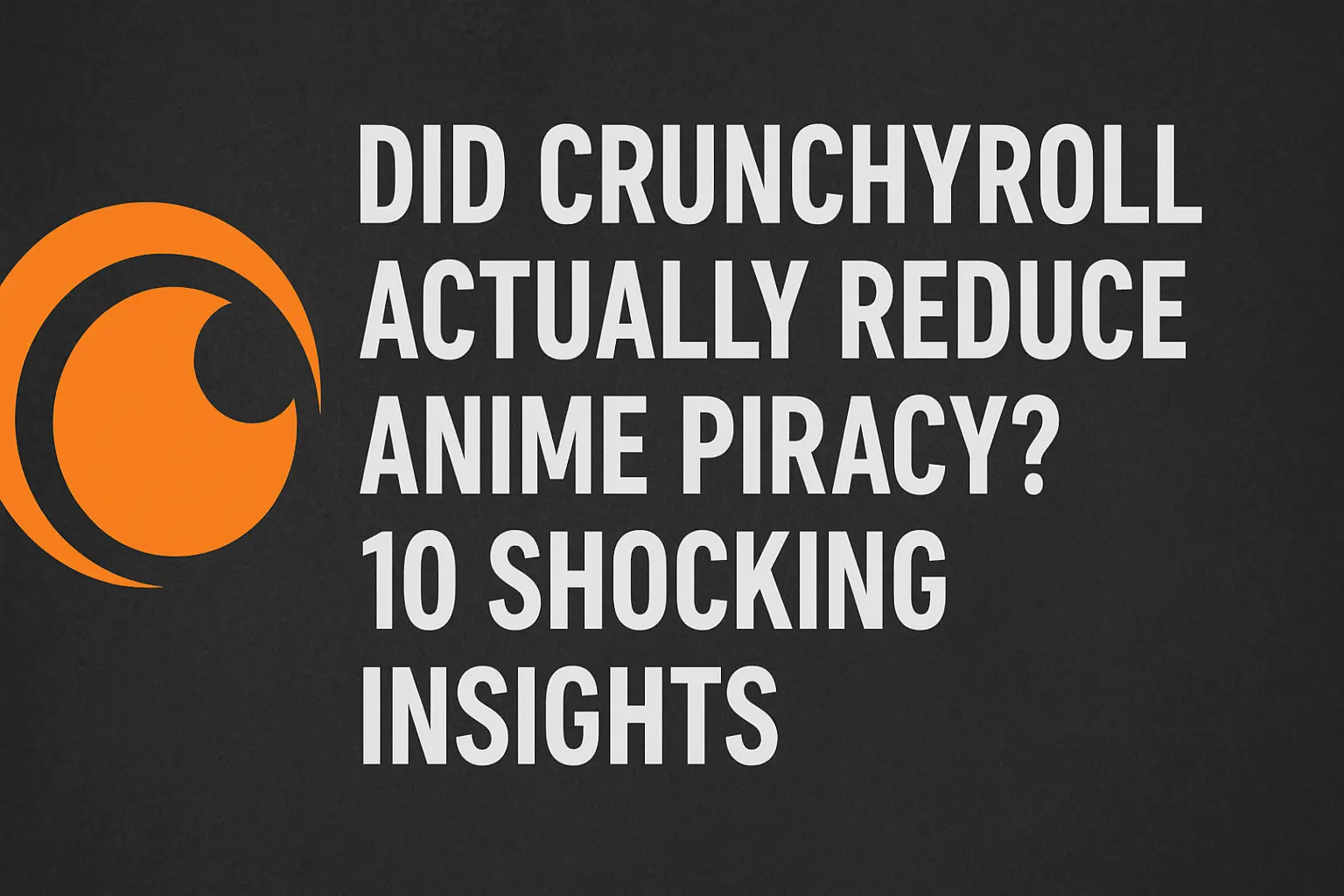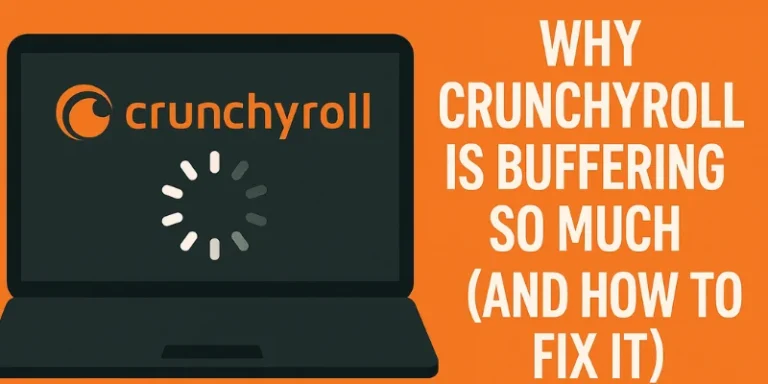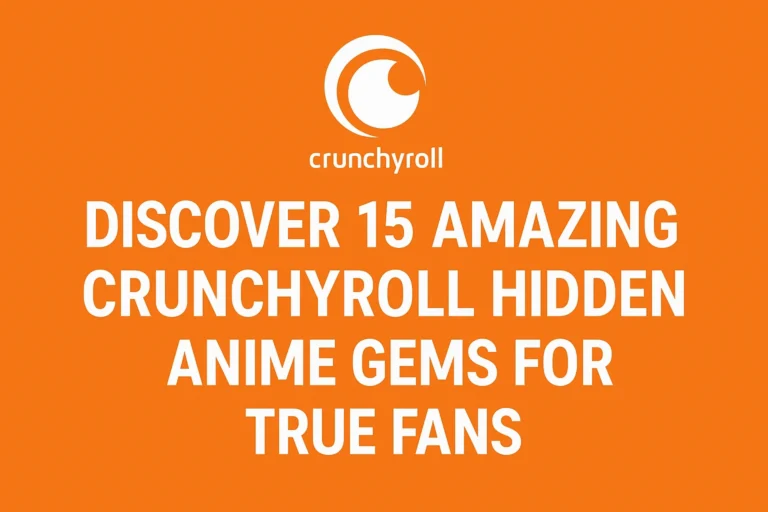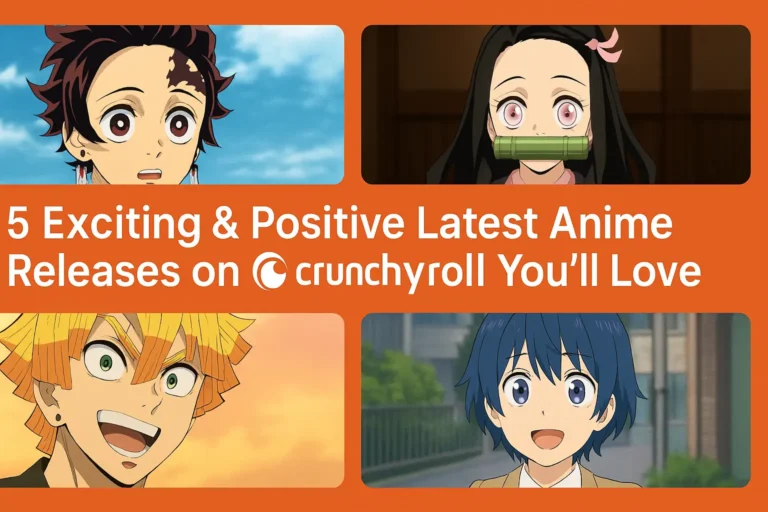Did Crunchyroll Actually Reduce Anime Piracy? 10 Shocking Insights
Imagine waiting months, sometimes years, just to watch the next episode of your favorite anime. That was the frustrating reality for countless fans outside Japan not so long ago. Before the rise of dedicated streaming platforms, accessing new anime legally felt nearly impossible.
Desperate fans turned elsewhere, fueling massive anime piracy networks. Then came Crunchyroll, promising a revolution: instant, legal access. But a burning question remains: Did Crunchyroll actually reduce anime piracy?
The answer isn’t a simple yes or no. It’s a story of growth, ongoing challenges, and the changing habits of fans everywhere.
Let’s dive deep into the data, the regional disparities, and the fan psychology to uncover the real impact.
The State of Anime Piracy Before Crunchyroll’s Dominance
Picture the early 2000s. Your favorite new show aired in Japan. Excitement buzzed online. But officially? Silence. Western distributors moved painfully slow. Licensing deals took ages.
Fansubs, unauthorized translations; became the only lifeline. Torrent sites like The Pirate Bay and dedicated illegal streaming sites like 9anime exploded in popularity.
Anime piracy wasn’t just common; it was often the only option for timely access.
Piracy rates before and after legal streaming show a stark contrast in availability. Studies, like those from the Motion Picture Association (MPA), consistently highlighted anime as one of the most pirated media categories globally.
The frustration was palpable. Fans wanted to support creators but faced insurmountable barriers: geo-blocks, massive delays, or simply no official release at all.
This era cemented free vs paid anime consumption habits heavily skewed towards illegal downloads.
Crunchyroll’s Legal Model: Accessibility vs. Piracy
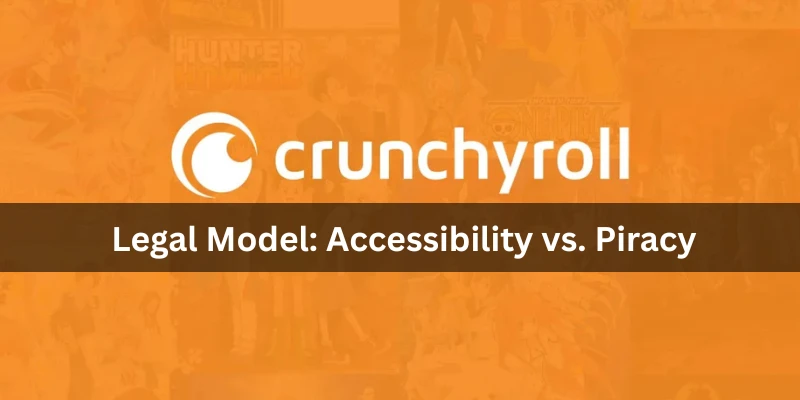
Crunchyroll took a different route. Launched in 2006, it evolved into a legitimate streaming service offering simulcasts, HD resolution, and affordable subscriptions. It gave anime fans the legal access they had long craved.
Their free tier, supported by ads, let users legally watch anime without paying a dime. Meanwhile, premium users enjoyed early access, no ads, and exclusive titles. This dual-model approach helped legal anime access and piracy decline in significant ways.
Subscription services reducing torrenting became a known trend. By 2020, Crunchyroll had over 3 million paying subscribers and more than 100 million registered users.
Key Factors That Influence Piracy Rates (Pricing, Library, Regional Availability)
So what actually influences anime piracy? It’s not just about money. Here’s what really matters:
- Price Sensitivity: Crunchyroll’s affordable monthly fee (as low as $7.99) is a cost-effective alternative to piracy for many.
- Library Size: A rich, updated anime catalog reduces the need to search illegal sites.
- Regional Availability: Geo-restrictions still plague some countries, driving fans back to pirated options.
- Speed of Release: Fans want simulcasts. Delays create a vacuum filled by piracy.
- Device Compatibility: Crunchyroll works on smart TVs, phones, and consoles, making it convenient for all.
Regional availability and piracy reduction go hand in hand. When Crunchyroll expanded into Southeast Asia and Europe, it saw massive traction and streaming increases.
Regions Where Crunchyroll Made the Biggest Anti-Piracy Impact
Let’s break it down by territory:
- United States: Already media-savvy, the US saw a sharp drop in anime piracy post-2015 as Crunchyroll became mainstream.
- Southeast Asia: Countries like the Philippines and Indonesia had extremely high piracy rates. With Crunchyroll’s regional availability, many switched to legal viewing.
- Europe: Expansion into France, Germany, and Spain was a game-changer. Anime licensing and piracy correlation shifted drastically with time-zone synchronized releases.
- Japan: Ironically, Crunchyroll had minimal impact here. Local platforms dominated, and piracy was already lower due to legal access.
Countries where Crunchyroll reduced piracy the most include the USA, Philippines, Brazil, and Germany.
Limitations: Why Some Fans Still Turn to Piracy
Despite its success, Crunchyroll’s impact on illegal downloads isn’t absolute. Many anime fans still pirate content due to:
- Delayed licensing for certain titles.
- Incomplete catalogs (missing episodes, uncensored versions).
- Geo-blocked content, especially in South America and parts of Asia.
- Limited language subtitles.
- Ad fatigue on the free version.
“Why do people still pirate anime despite Crunchyroll?” It often boils down to accessibility, not willingness to pay.
Competitor Platforms (Funimation, Netflix) and Their Effect on Piracy
Funimation, before merging with Crunchyroll, was a strong competitor with exclusive rights to dubbed anime. Meanwhile, Netflix Anime introduced global originals like Yasuke and Baki, which expanded legal access to new audiences.
Platforms like Hidive also catered to niche genres, offering alternative legal routes. As competition grew, so did availability; which curbed piracy further.
Yet, Crunchyroll vs pirated sites: User preference data still shows some lean toward piracy for hard-to-find classics.
Case Studies: Popular Anime That Saw Piracy Drops After Crunchyroll Licensing
Let’s take a look at some titles:
- Attack on Titan: Once heavily pirated, saw a massive dip when simulcast on Crunchyroll and Funimation.
- Jujutsu Kaisen: High-quality streams and rapid subtitles reduced piracy demand.
- Demon Slayer: Premiered legally with fast access and global subtitles, minimizing illegal streaming.
- My Hero Academia: Licensing across platforms helped reach different audiences legally.
How piracy changed after Crunchyroll’s expansion is evident in traffic dips to torrent sites around these shows’ release windows.
Fan Perspectives: Do Legal Options Really Stop Piracy?
Ask around any online anime forum, and you’ll get mixed reactions. Some users feel morally obligated to support creators. Others feel forced into piracy due to unavailability.
Anime fan behavior: Legal vs pirated content depends on:
- Internet speed
- Device access
- Local censorship laws
- Personal ethics and fandom loyalty
One user from Brazil shared how Crunchyroll’s free tier helped them ditch piracy after years. Another from India still relies on torrents due to geo-restricted content.
Is Crunchyroll’s free tier effective against piracy? In many regions, absolutely. It’s a game-changer for students and casual fans.
The Future: Can Crunchyroll (and Others) Eliminate Piracy Completely?
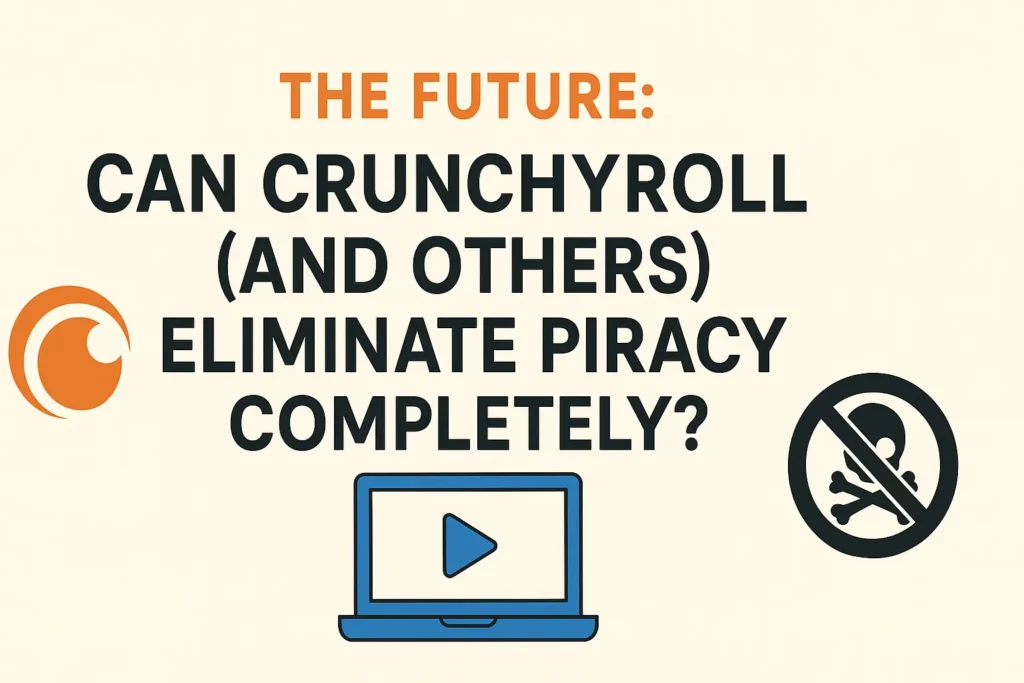
Piracy is like a hydra. Cut off one head, and two more emerge. While Crunchyroll has made undeniable progress, complete eradication is unlikely without global licensing reform.
Does legal streaming stop anime piracy? Not entirely. But it makes a huge dent.
The next steps involve:
5 Actionable Strategies to Reduce Piracy Further:
- Faster global simulcasts to eliminate delay gaps.
- More multi-language subtitle options for diverse regions.
- Flexible pricing models for lower-income countries.
- Offline viewing and better mobile experiences.
- Greater collaboration with studios to offer more exclusive content.
Global anime piracy trends post-Crunchyroll are promising, but they also show where work remains. The key is to keep evolving with fan needs.
Final Thoughts
So, has Crunchyroll lowered anime piracy rates? Yes, by a significant margin. It changed the landscape, made legal viewing accessible, and gave fans a reason to pay.
But it’s not a silver bullet. There’s still work to do in terms of catalog expansion, regional access, and release speeds.
As anime becomes more mainstream, legal platforms must keep up with demand. The battle against piracy isn’t over; but Crunchyroll has definitely turned the tide in favor of creators, studios, and fans alike.
External Link: MUSO’s Global Piracy Trends Report – Explore verified data on digital piracy worldwide.

